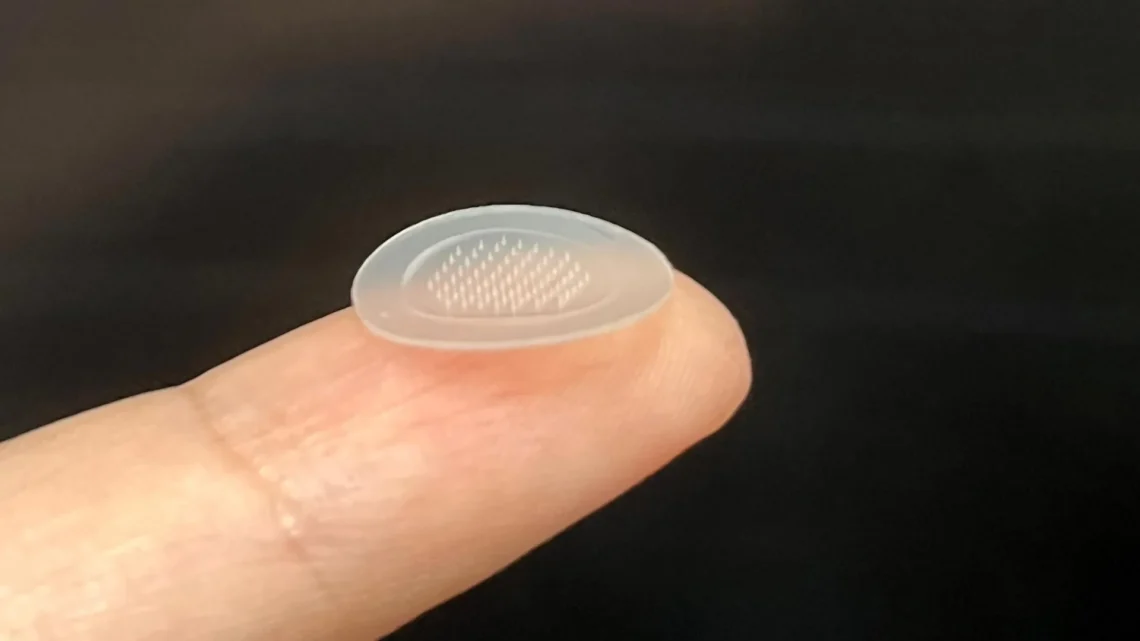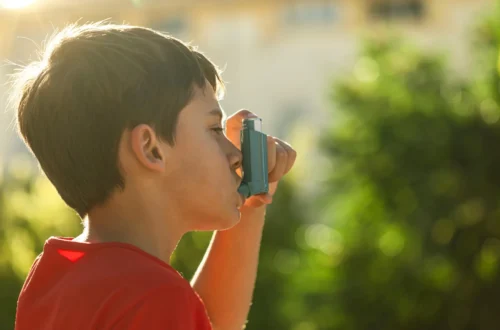Pimple Patches: An Innovative Solution for Acne Treatment
Waking up with a pimple is no longer a cause for concern, thanks to pimple patches—small, adhesive bandages designed to cover and aid in the healing of unwanted acne. Recent research published in ACS Applied Materials & Interfaces details a two-stage pimple patch system featuring an array of microscopic spikes that secure onto the skin and deliver antibacterial or anti-inflammatory compounds. Clinical trials involving human participants confirmed that the targeted pimples completely disappeared after just seven days of treatment.
Understanding Pimple Patches
Pimple patches, also referred to as acne stickers, are composed of polymer materials that effectively absorb excess moisture and oil. Certain versions of these patches contain active medications aimed at reducing inflammation or combating infection. Medicated patches often utilize microarrays, which are rows of tiny spikes that penetrate the skin’s outermost layer to deliver therapeutic compounds. However, traditional microarrays can shift during wear and cause skin irritation. To address this issue, researchers Shayan Fakhraei Lahiji, Yong-Hee Kim, and their team aimed to develop a medicated acne patch that maintains its position during use.
Innovative Design and Development
The team created their advanced patch by initially printing a microarray of arrowhead-shaped spikes using a specialized 3D printer. This unique design allows the patch to lock securely when applied to the skin. The base of the patch is formulated with hyaluronic acid—a viscous polymer commonly found in skincare products—combined with either antibacterial agents, such as salicylic acid and Cannabis sativa extract, or anti-inflammatory agents, including niacinamide and chamomile extract.
Clinical Trials and Results
The efficacy of these patches was clinically tested on 20 participants. On the first day, participants applied the antibacterial patch, followed by a new anti-inflammatory patch for the subsequent six days. The hyaluronic acid-based microarray dissolved into the skin within 30 to 90 minutes without causing pain or irritation. Remarkably, after just three days, participants reported an 81% reduction in acne lesions in treated areas compared to untreated pimples, and by the end of the seven-day treatment, the pimples had completely resolved. Additionally, researchers observed a significant reduction in sebum—a greasy substance that contributes to acne formation. Approximately 95% of participants expressed satisfaction with the treatment results.
Future Implications and Availability
The researchers aim to make their innovative patch available for purchase by fall 2025 in both South Korea and the United States. There is also potential for this technology to be adapted for delivering other therapeutic agents beyond acne treatments.
“Our work underscores the possible applications of microarray patches in areas extending beyond acne treatment, including skin disorders, obesity therapies, and vaccine delivery,” stated Kim.
The authors acknowledge funding from the Technology Development Program of the Korean Ministry of SMEs and Startups; the Korea Health Technology R&D Project through the Korea Health Industry Development Institute; and the Korean Ministry of Health & Welfare.
The authors are employees of Cursus Bio Inc., a company specializing in microarray-based technologies.
Key Health Takeaway
Pimple patches represent a promising advancement in acne treatment, combining convenience with effective delivery of therapeutic agents. As research progresses, these innovations may also pave the way for new treatments in various medical fields.





